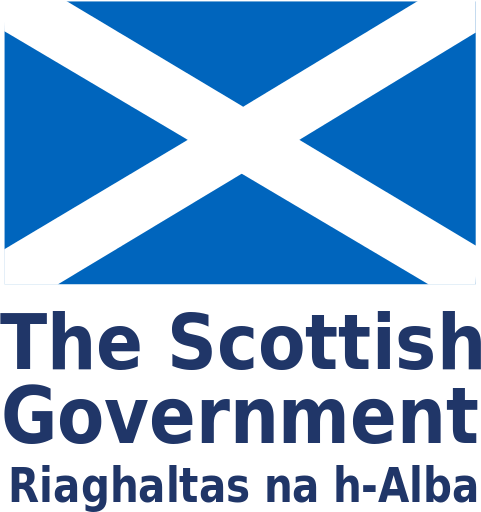Introduction
In this section, which expands on Common Cardiac Investigations, we are going to cover the various types and methods of cardiac imaging to look at the structure and function of the heart.
Some of these tests are highly specialised and are only done in tertiary centres, while others can be done readily in district general hospitals or clinic settings. This will include non-invasive imaging, such as echocardiography, and invasive imaging, including coronary angiography, computerised tomography, coronary angiography (CTCA) and myocardial perfusion imaging (MPI).
The clinician will decide which imaging modality is most appropriate for the patient, depending on the information required.
If the patient is experiencing breathlessness or chest pain, commonly the first test to be asked for is a Transthoracic echo (TTE). This is used to look at left ventricular function and rule out any underlying structural abnormalities. For various reasons, possibly due to their chest shape, previous chest surgery, previous radiotherapy, COPD or high BMI some patients are not deemed echogenic and transthoracic imaging is poor. In these cases a transoesophageal echo (TOE) may be used.
For visualising LV function, sometimes the addition of an echo contrast medium is enough to give good images. This can be a factor in making a clinical decision regarding appropriateness of which imaging to use.
Depending on the results of the TTE the patient may be referred for a more specialised form of imaging. These can all be used in the assessment of LV function:
- Dobutamine stress echo
- MPI
- Magnetic resonance imaging (MRI)
Other forms of imaging can be used to look directly at the coronary arteries:
- CTCA
- Angiography
Page last reviewed: 30 Jul 2020


